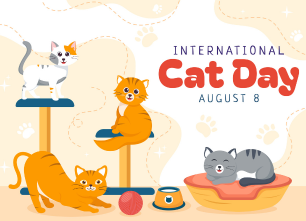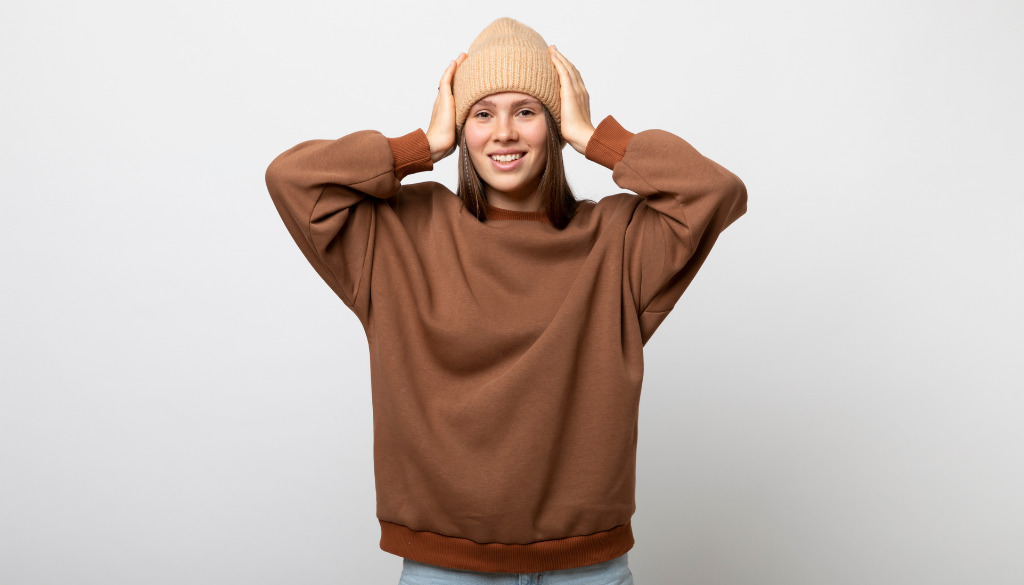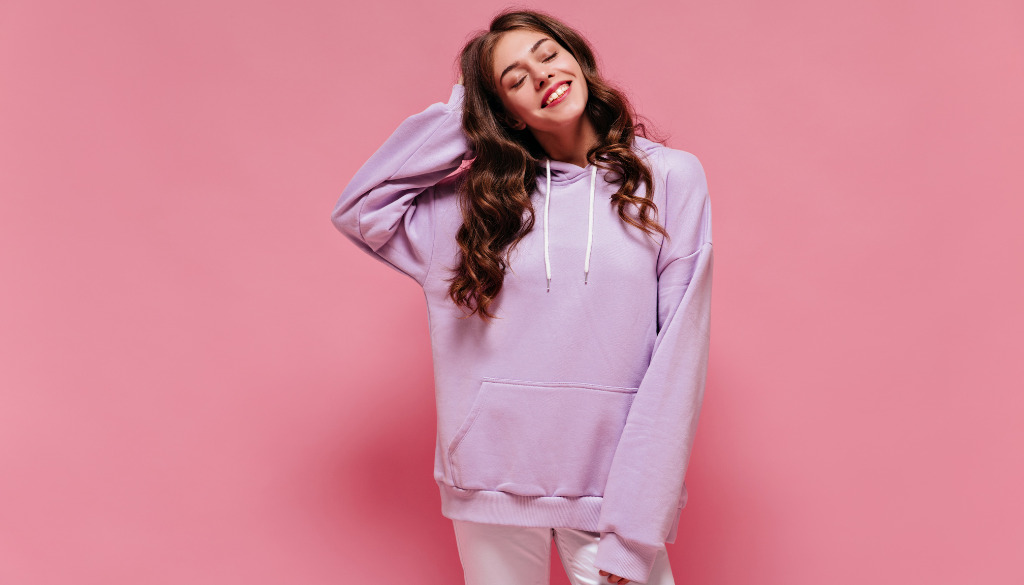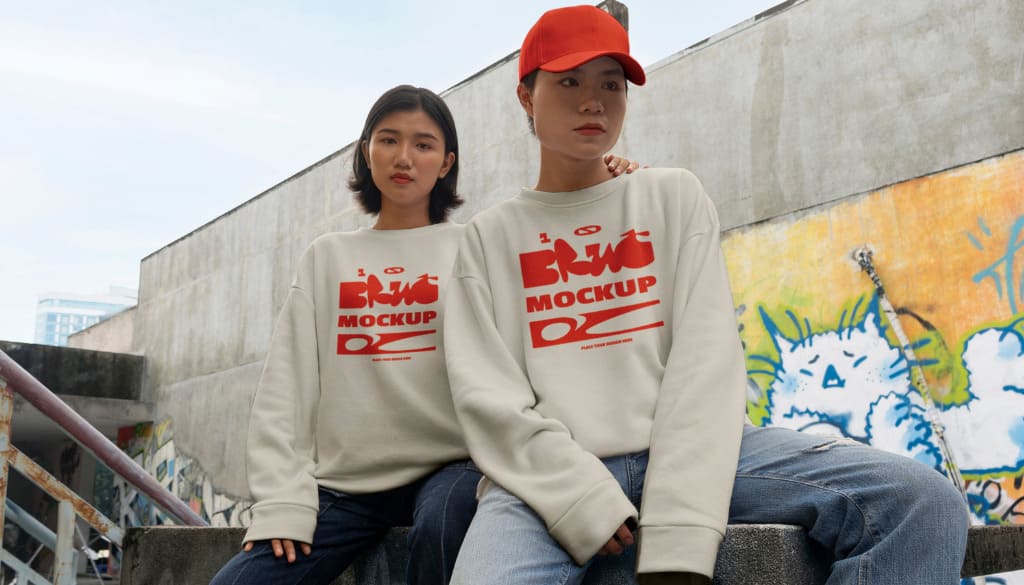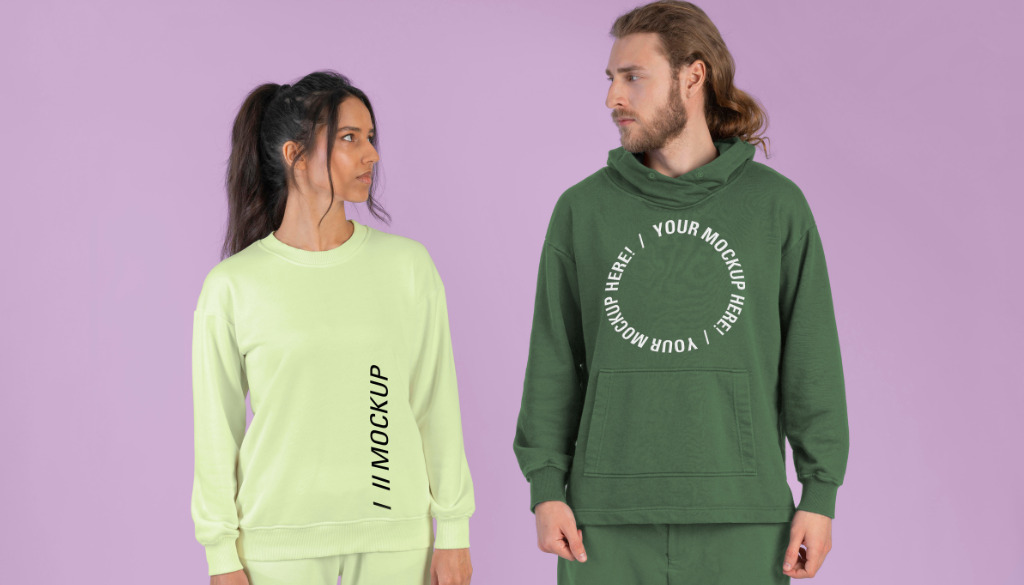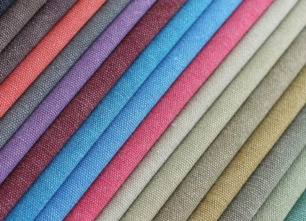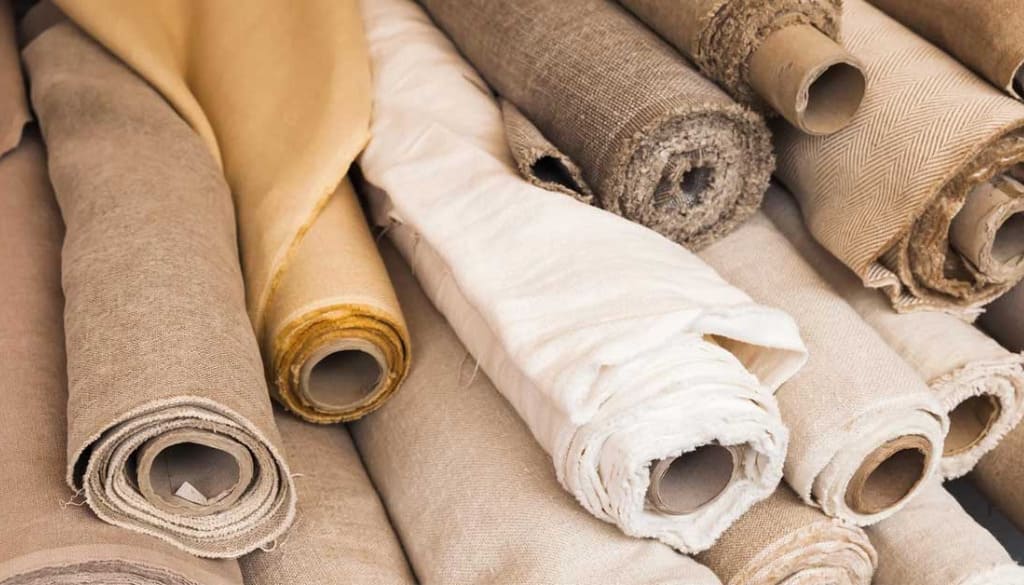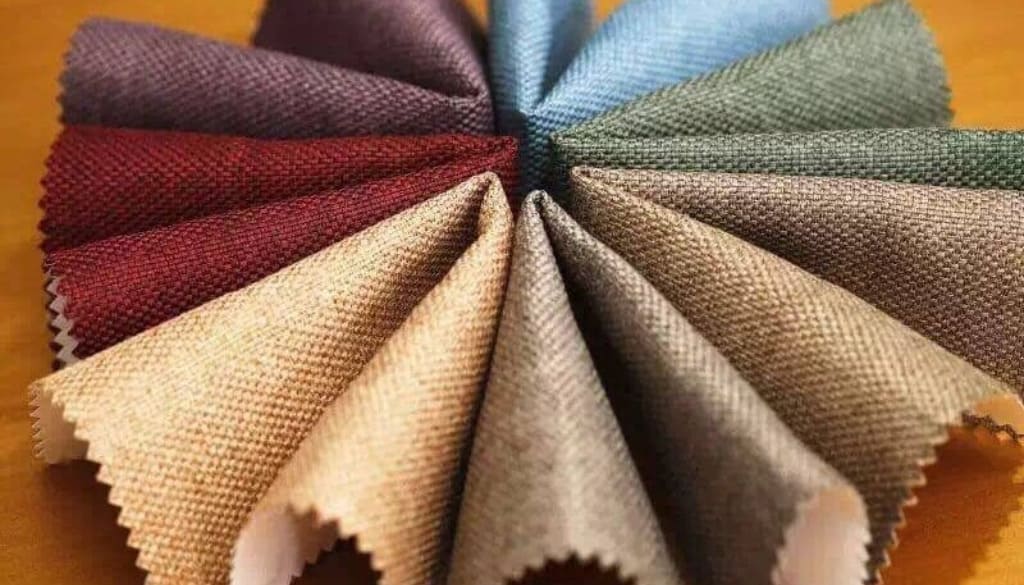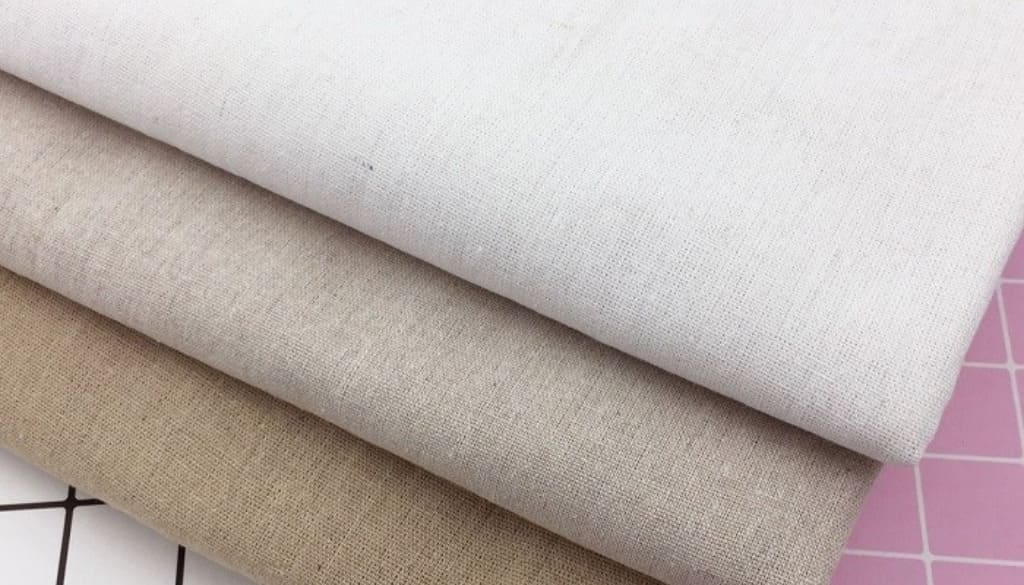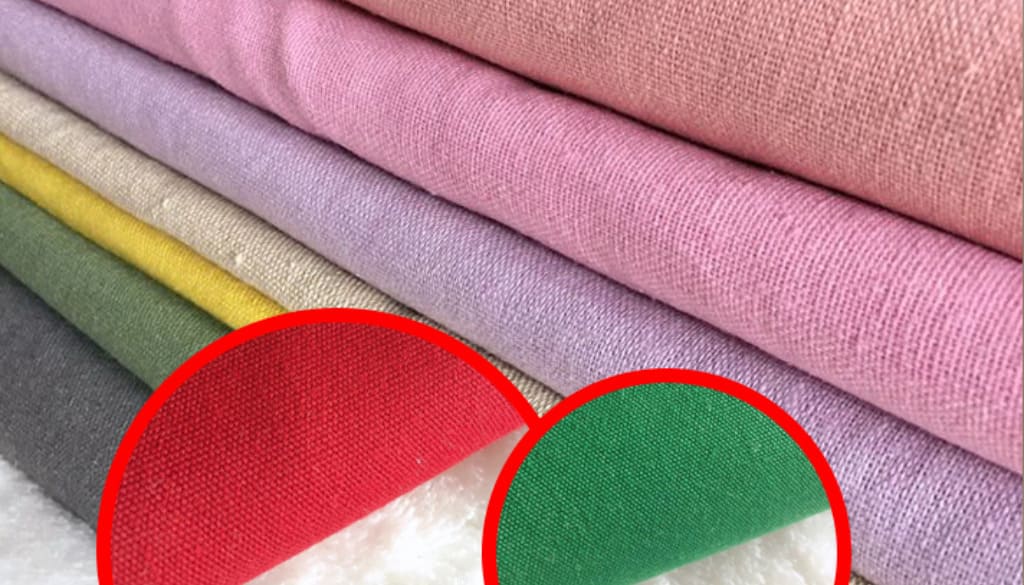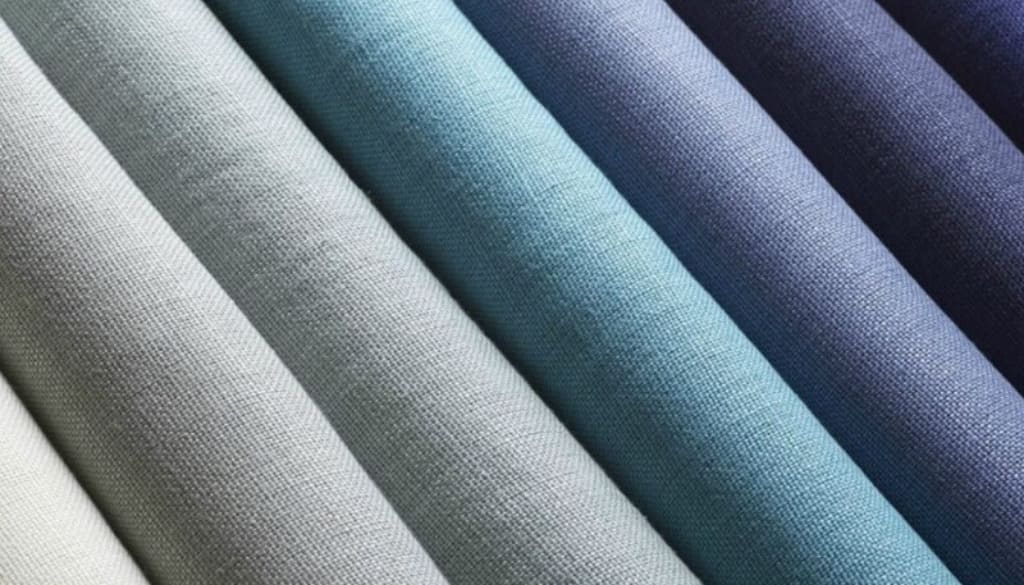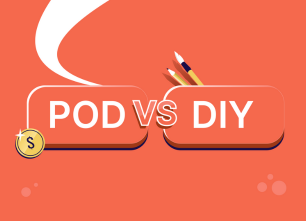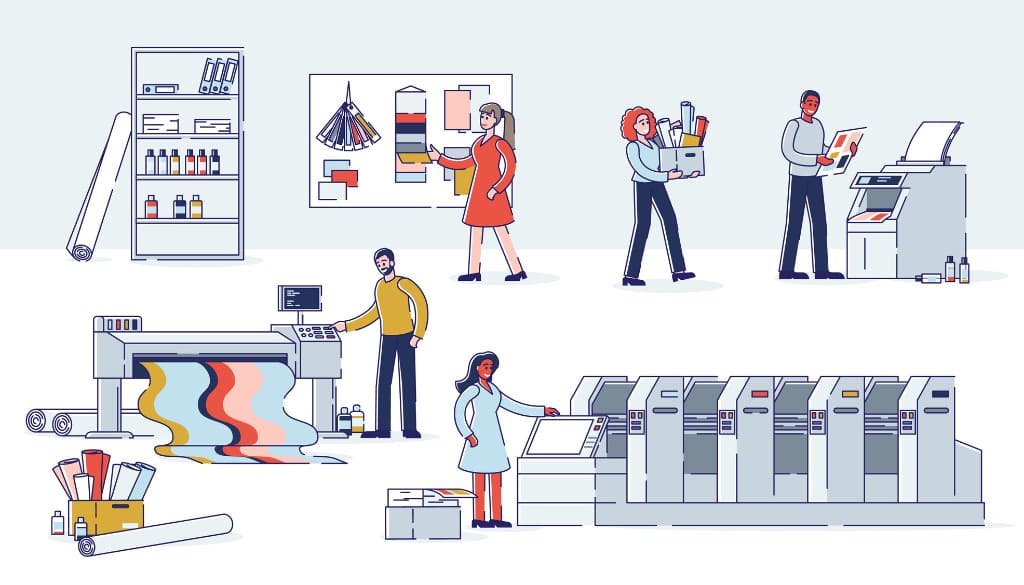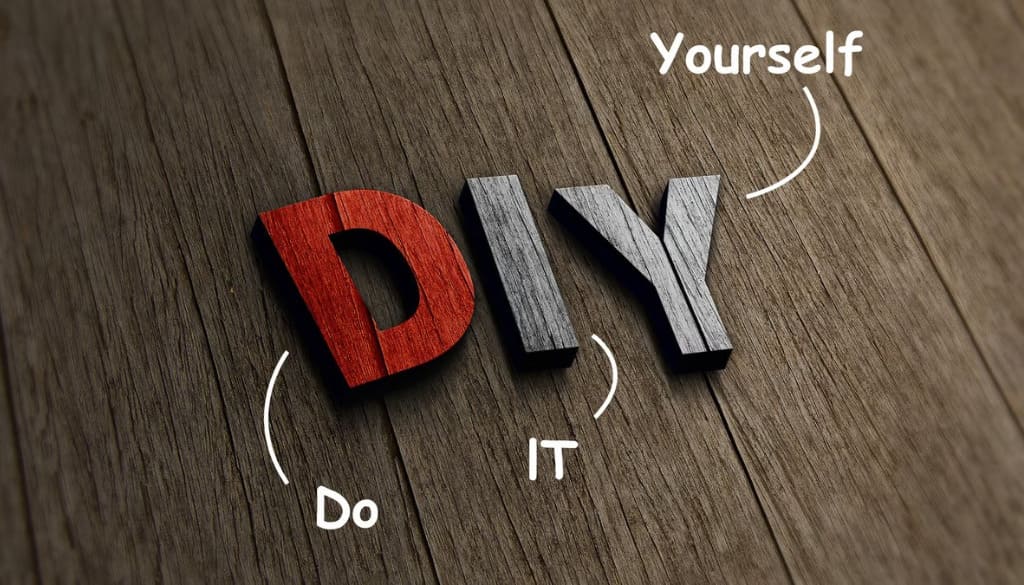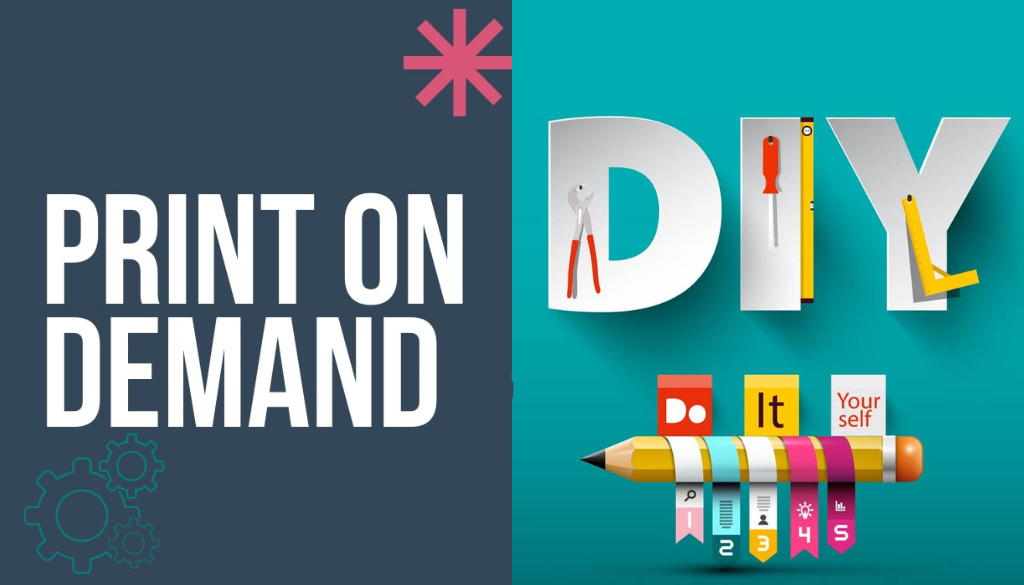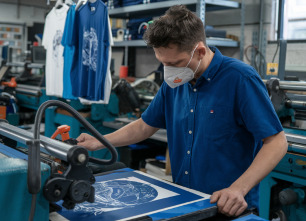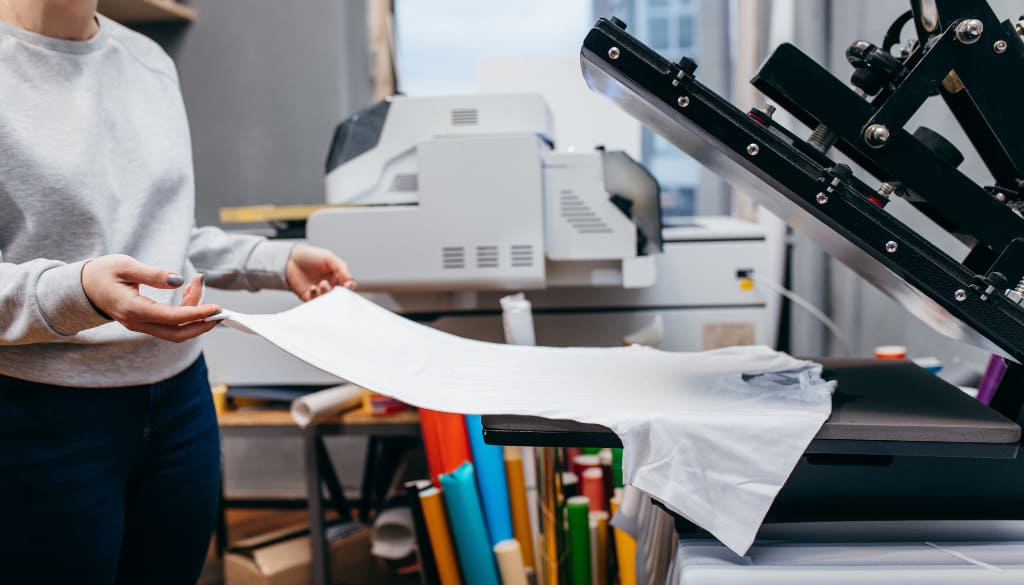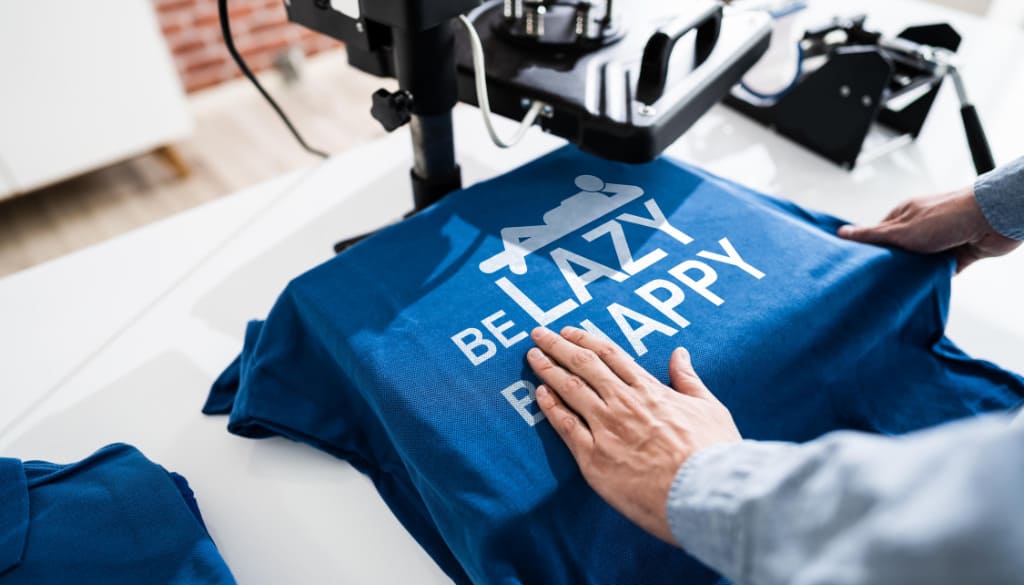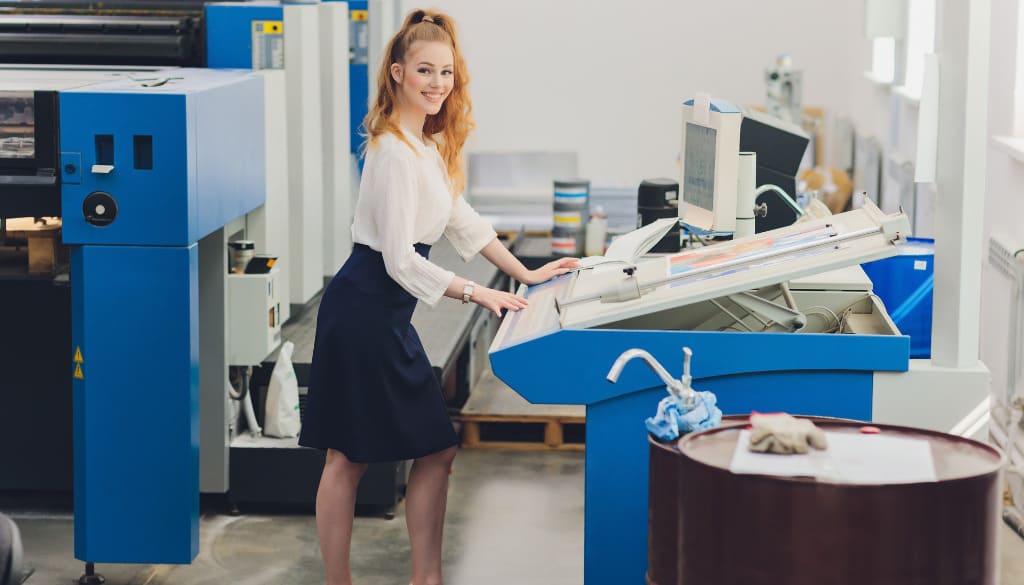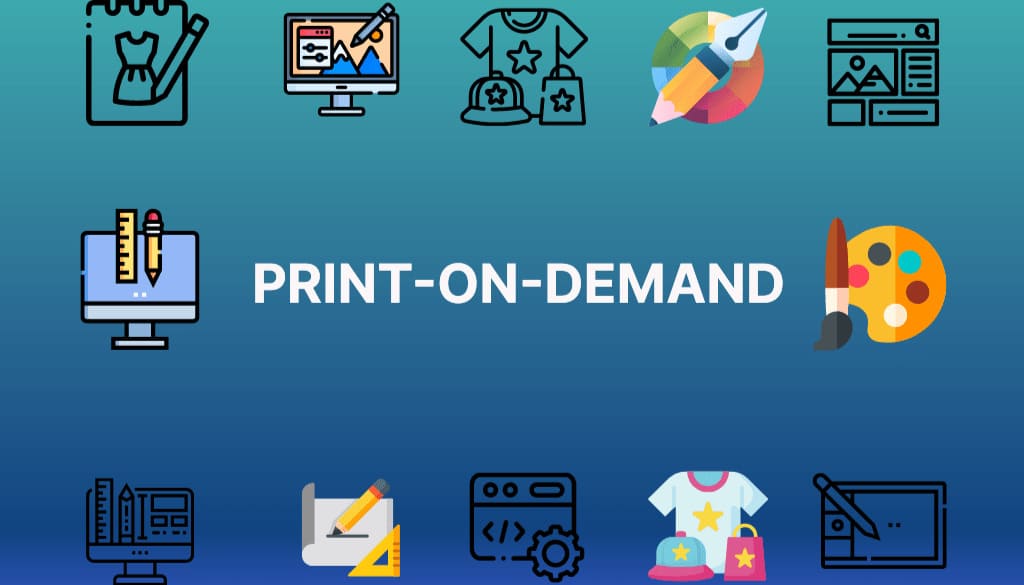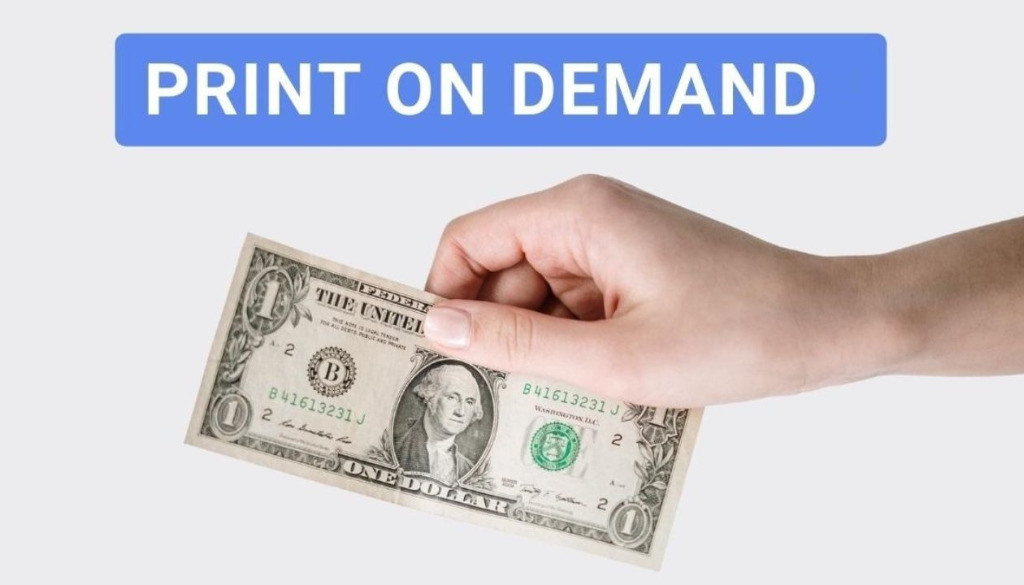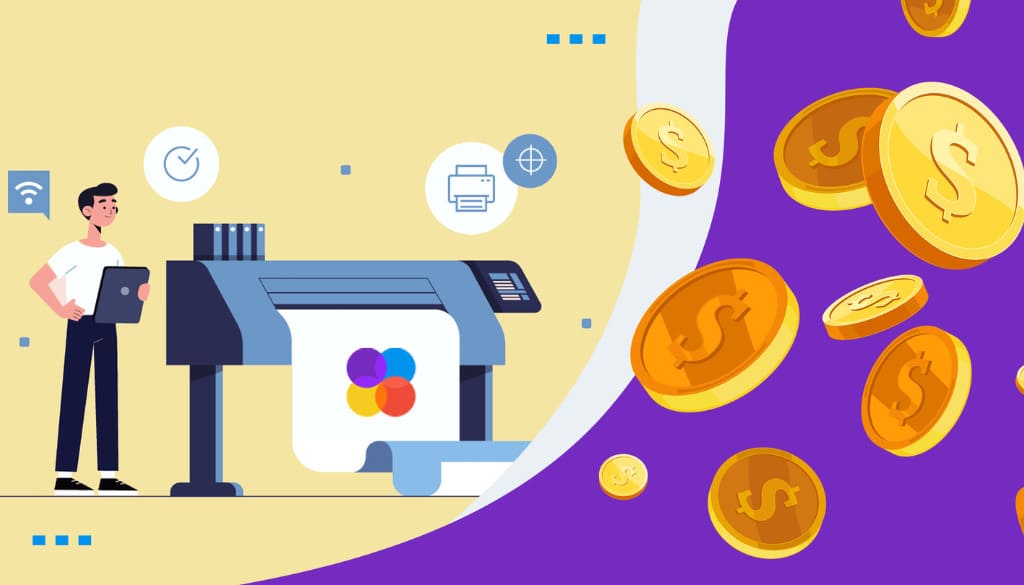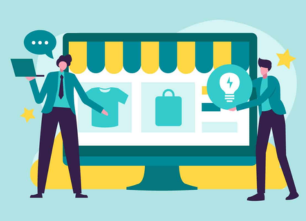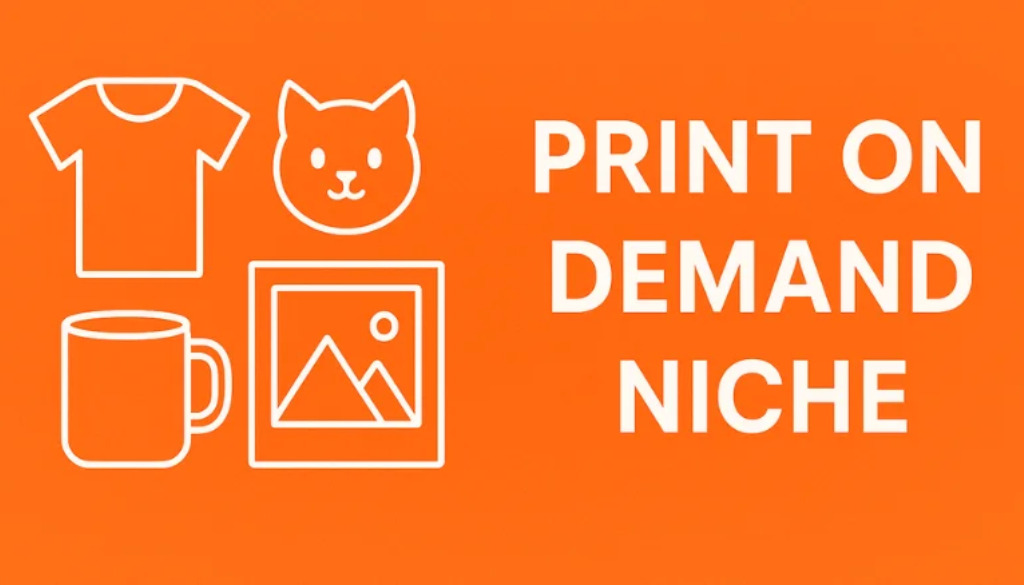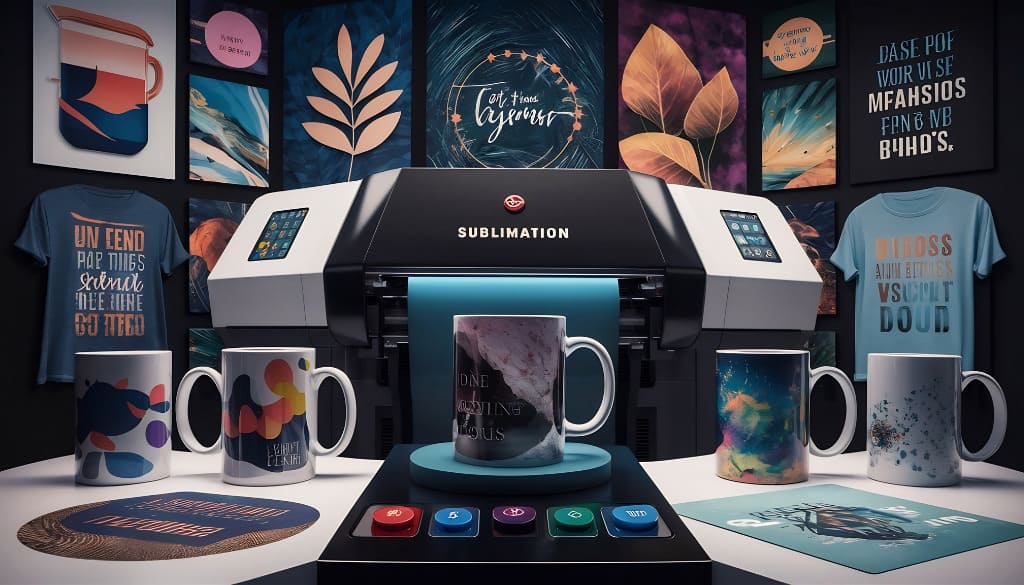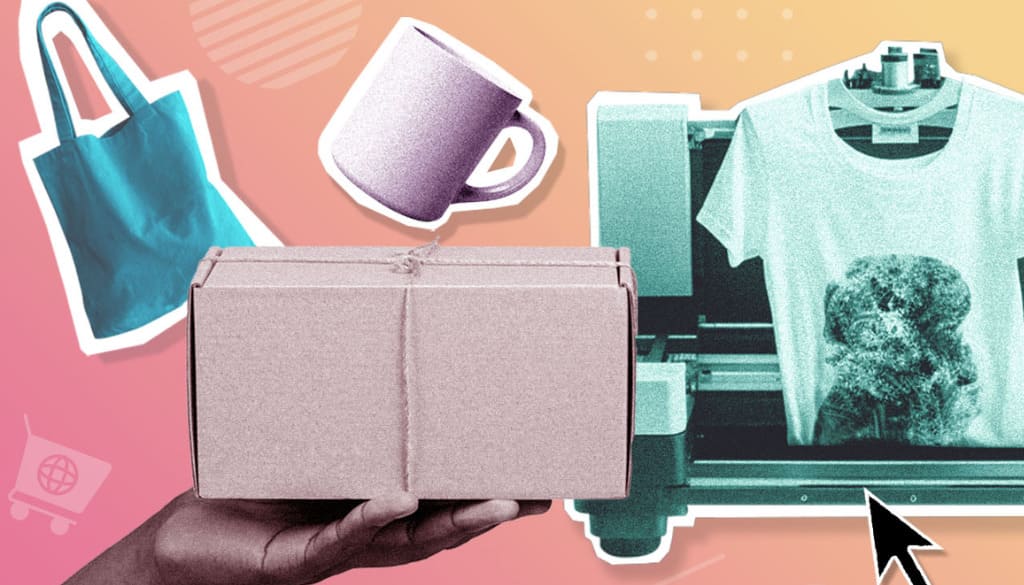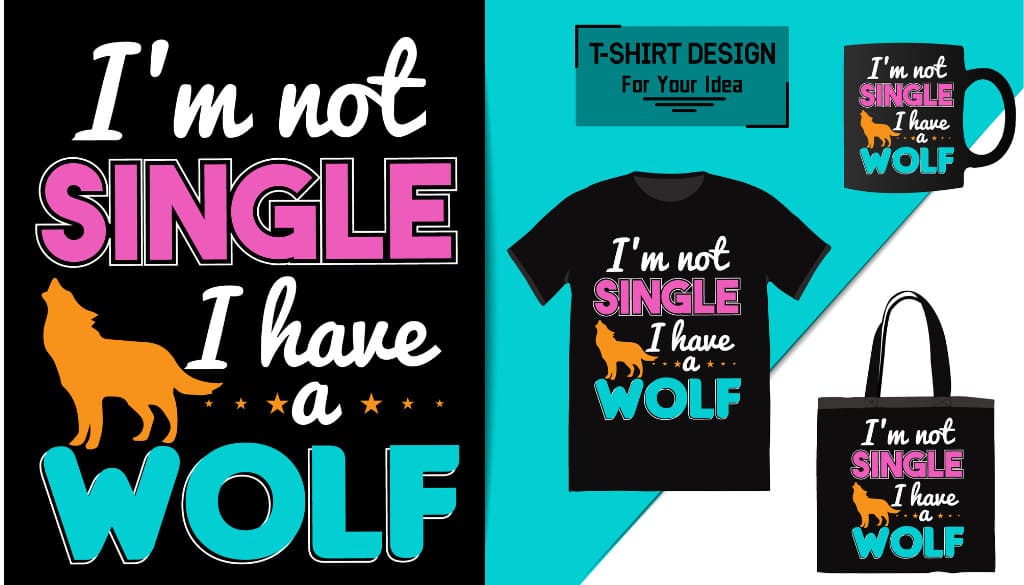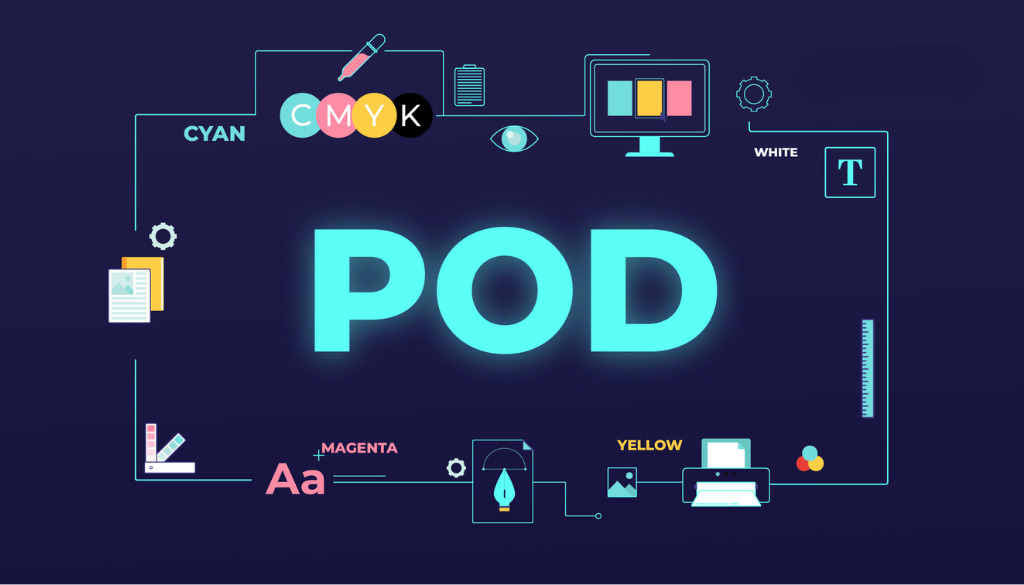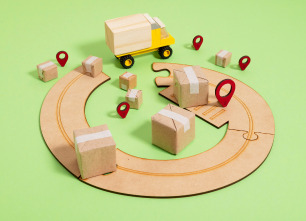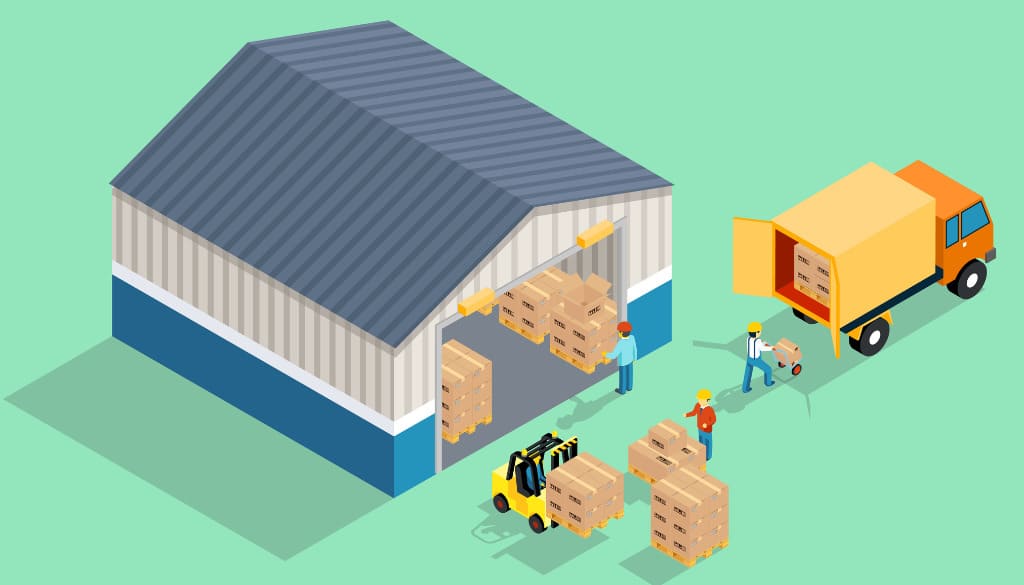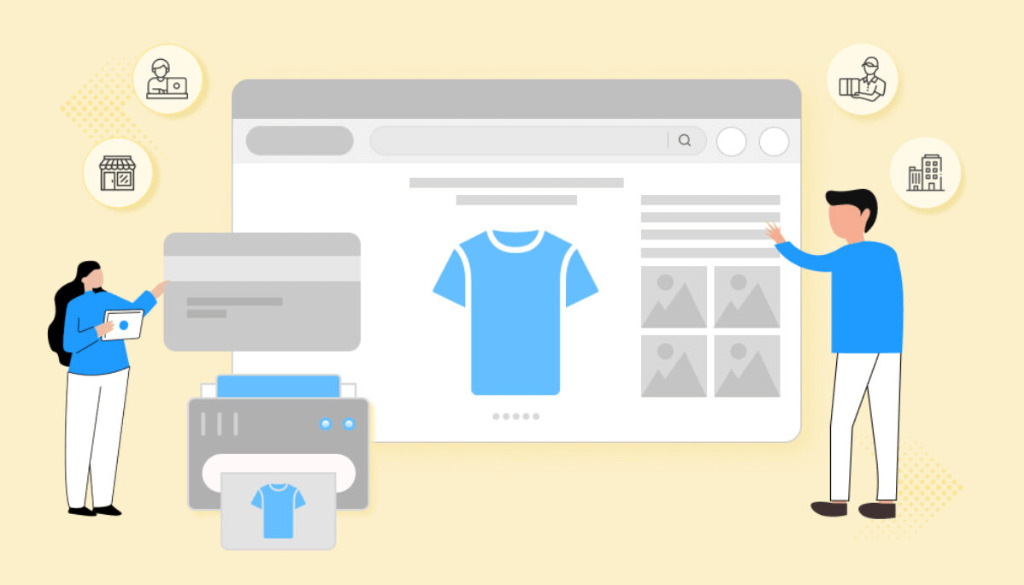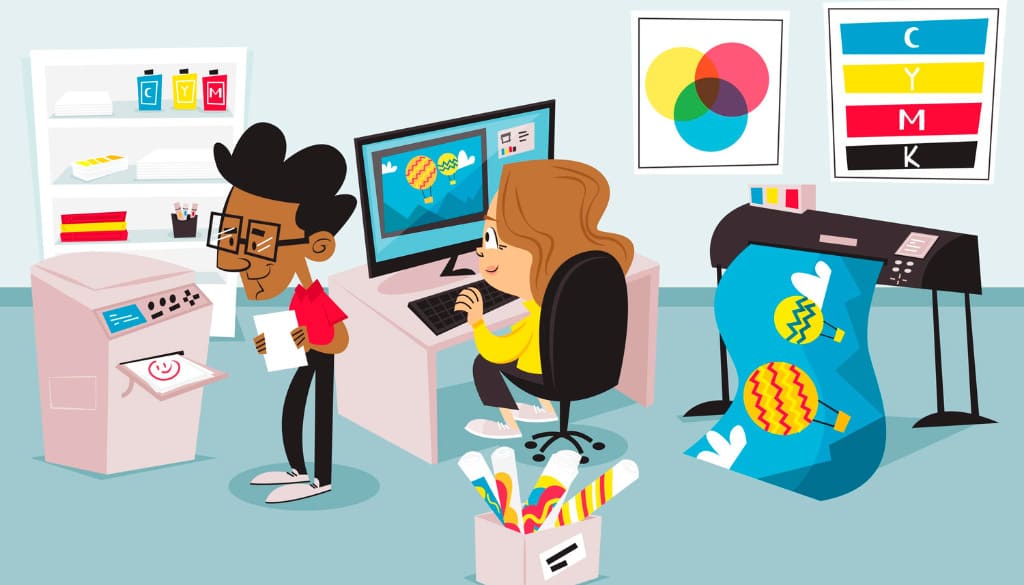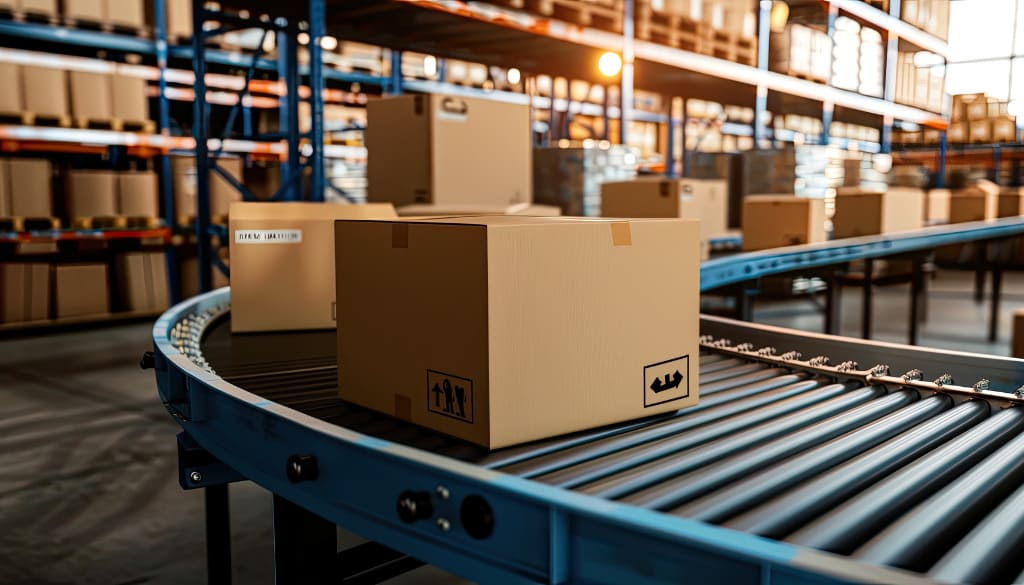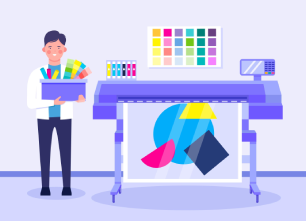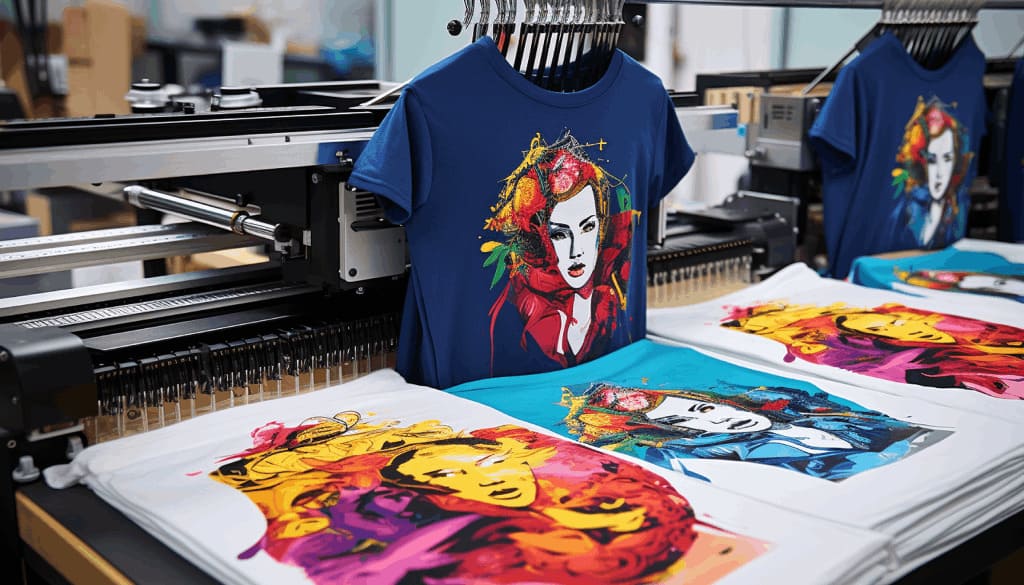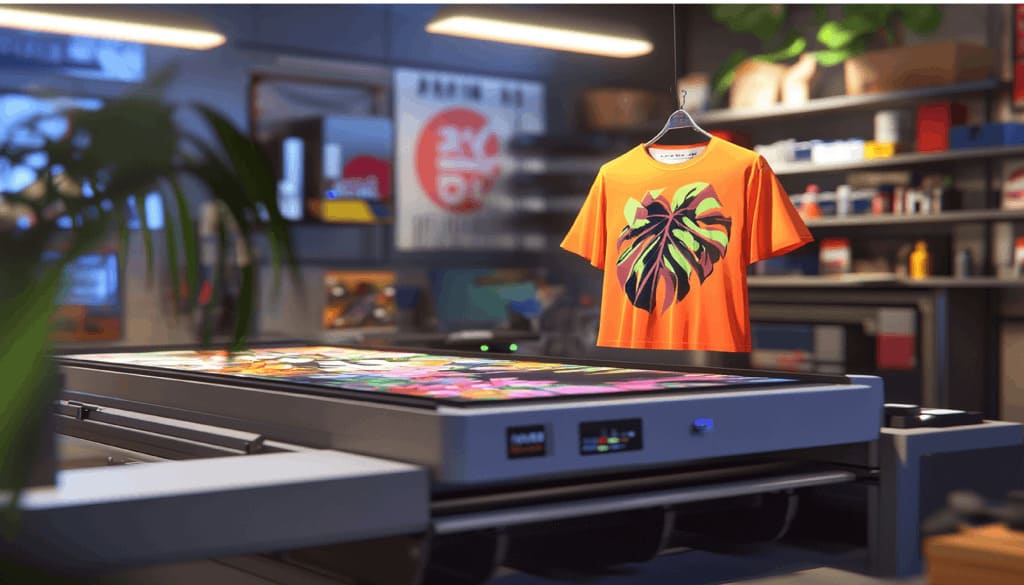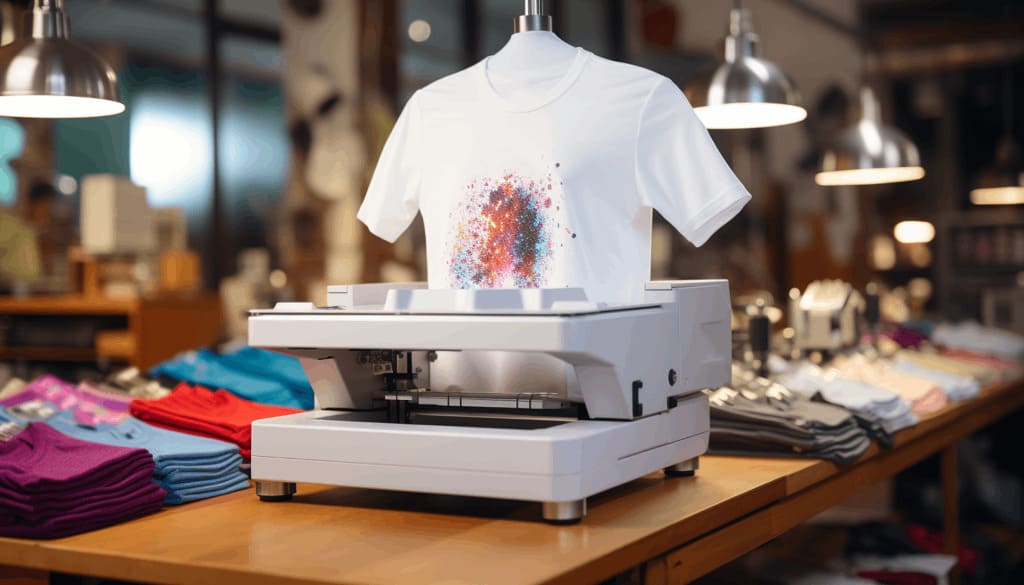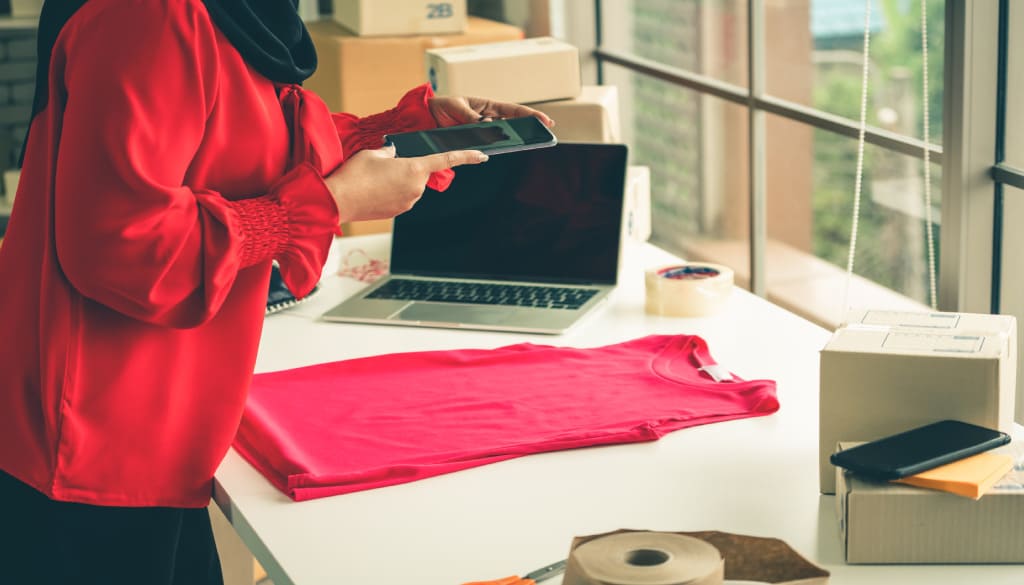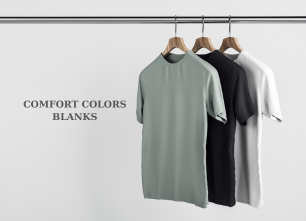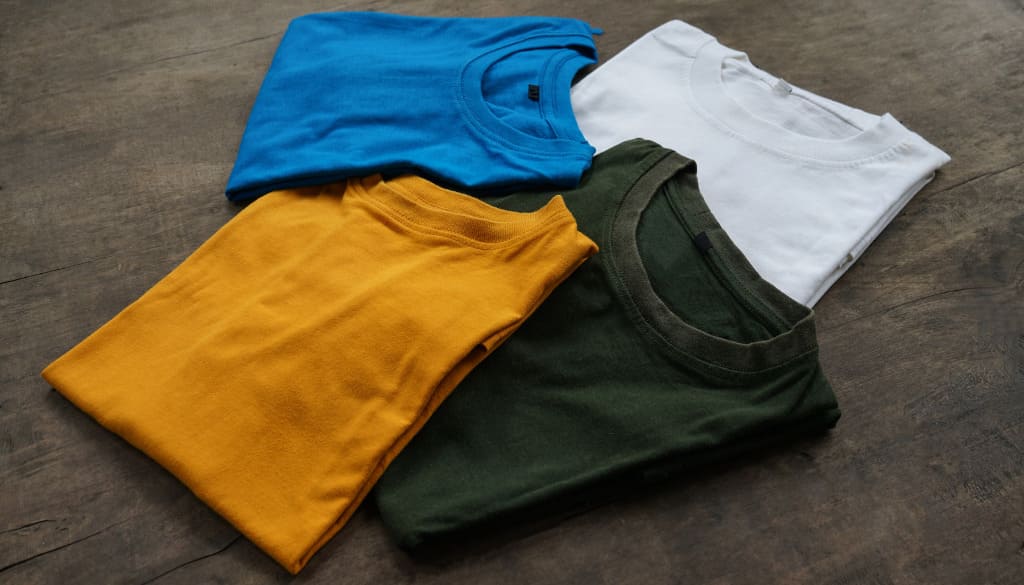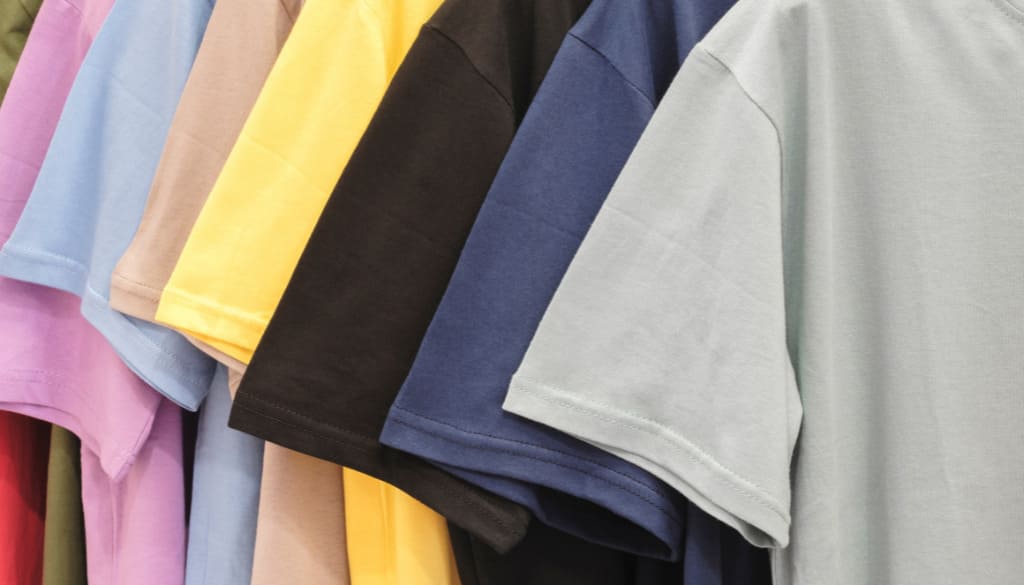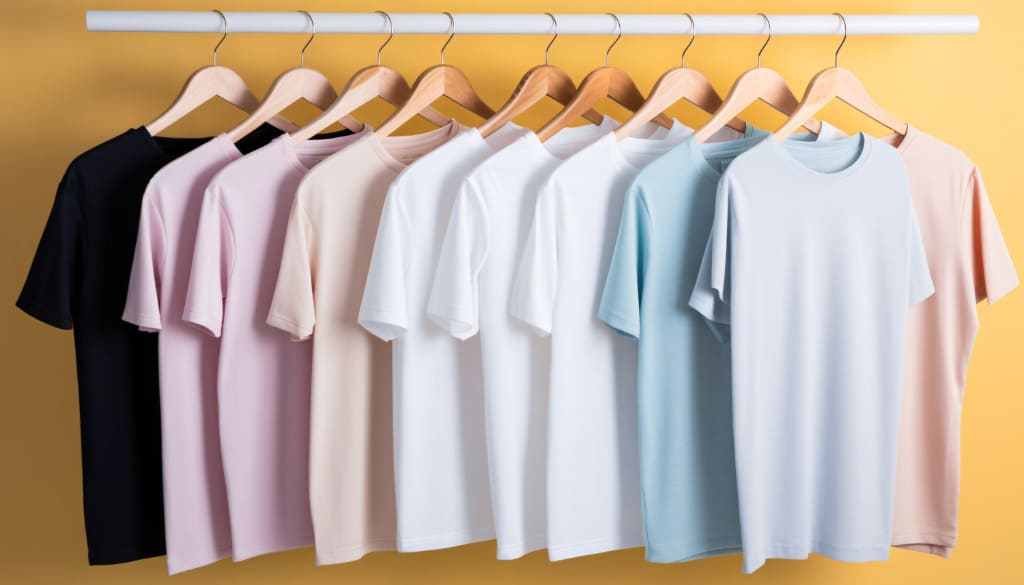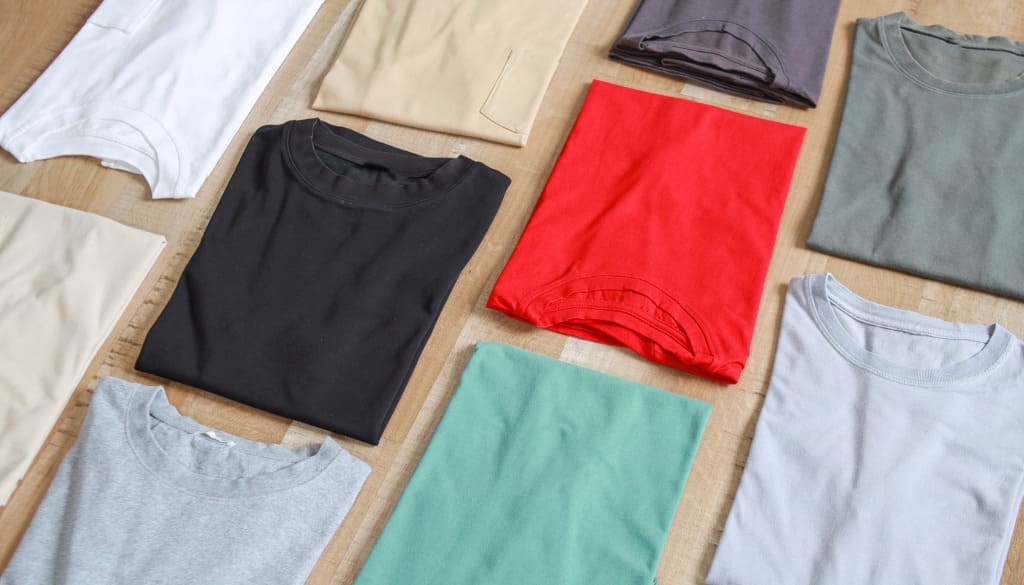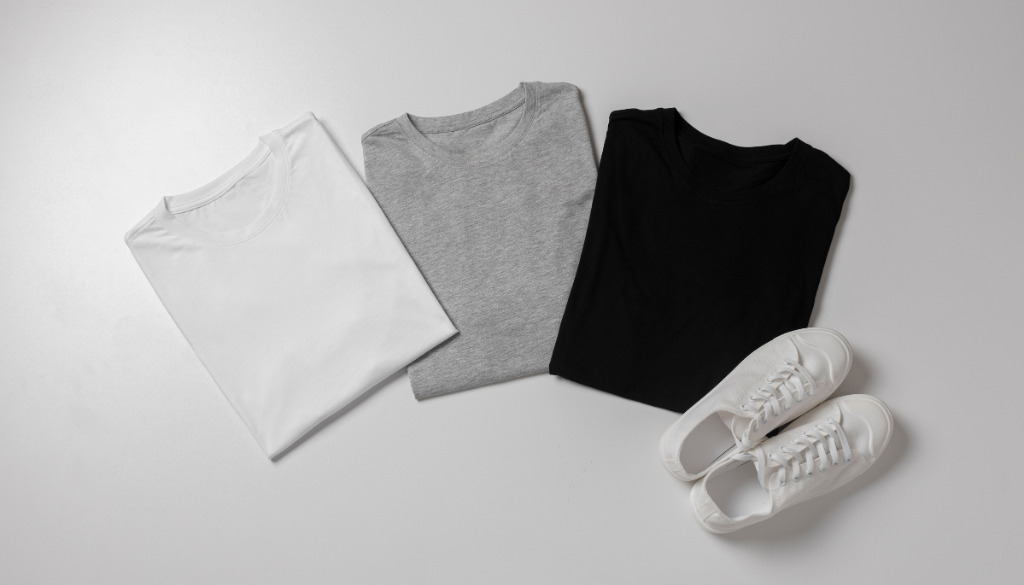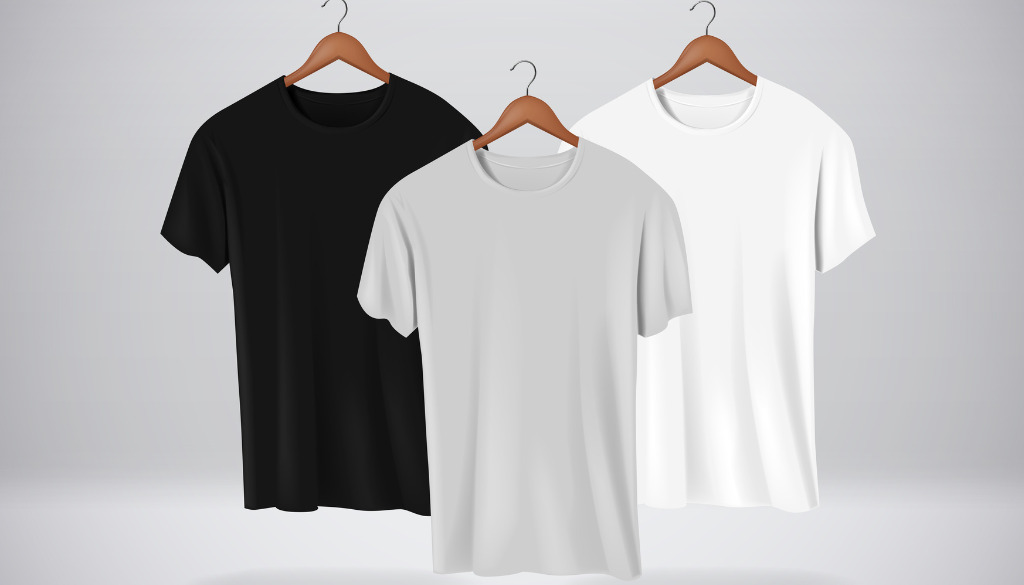International Cat Day has become an excellent opportunity for POD sellers to boost sales and captivate cat lovers worldwide. From cute T-shirts and hoodies to stylish tote bags, which products will become best-sellers this special season? Join FlashShip to discover the hottest POD products, helping you accelerate your sales and win the hearts of customers!
What is International Cat Day?
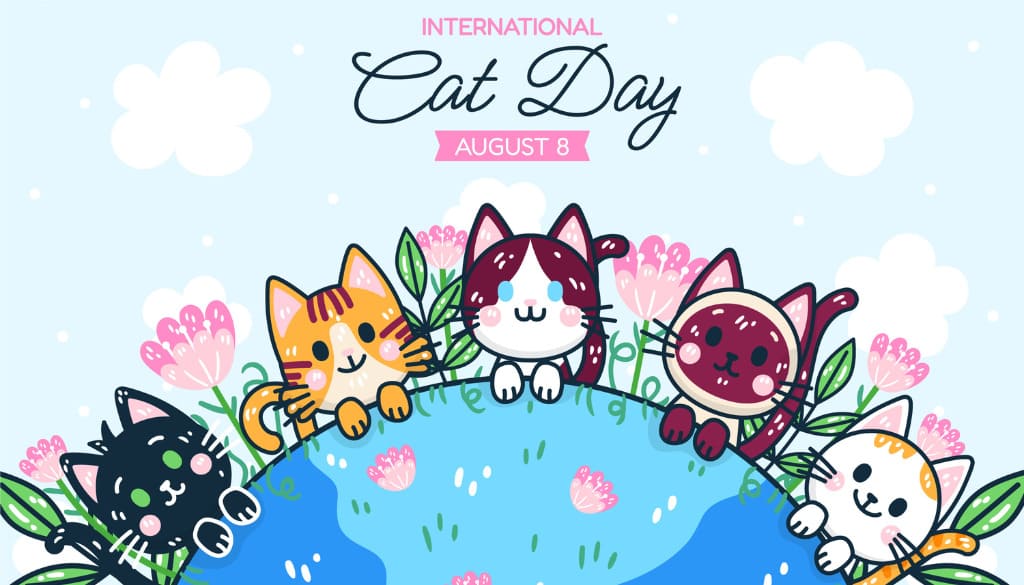
International Cat Day, celebrated globally on August 8 each year, was established in 2002 by the International Fund for Animal Welfare (IFAW) along with other animal protection organizations. Its primary goal is to raise awareness about cats’ needs, encourage adopting cats from shelters, and educate people about responsible pet ownership.
On this day, cat lovers around the world engage in meaningful activities such as:
- Spending quality time with their “bosses”: playing, petting, and offering special treats.
- Sharing photos and stories of their cats on social media using hashtags like #InternationalCatDay, #CatDay, and #WorldCatDay.
- Donating to or volunteering at cat shelters helps to improve the lives of homeless cats.
- Shopping for cat-related gifts to express their love and pride in their pets.
This last activity, in particular, creates immense opportunities for POD sellers. Demand for unique, personalized products that showcase affection and personal connections to their beloved cats significantly increases, especially during events like International Cat Day.
Why is International Cat Day an Opportunity for POD Businesses?
FlashShip affirms that International Cat Day is not merely an ordinary holiday but a significant opportunity for POD sellers to dramatically boost sales. Here are specific reasons highlighting the immense potential of this special day:
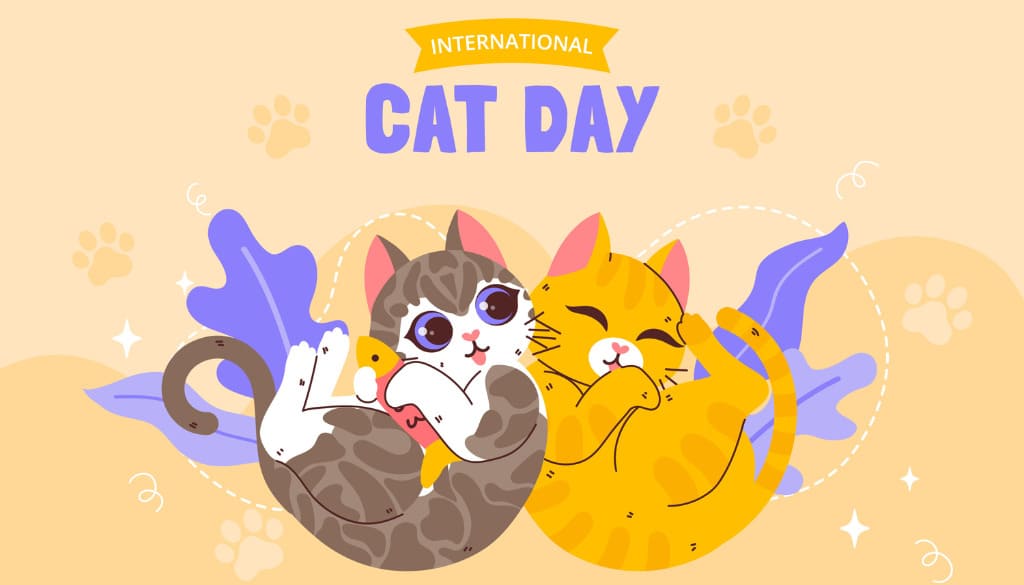
1. Huge Fanbase and Active Community (2024–2025)
Cats remain among the most popular pets globally, particularly in the U.S. According to the American Pet Products Association (APPA), in 2024, around 49 million American households own at least one cat, marking a 23% increase from 2023. Total spending in the U.S. pet industry is expected to continue growing, reaching $157 billion by 2025.
The online cat community is also extremely vibrant:
- Instagram & TikTok: The hashtag #cats attracted 164 million posts in 2024, and the hashtag #CatsOfInstagram surpassed 208 million posts by April 2025.
- Pinterest: Maintains over 45 million monthly searches for cat-related images and ideas since 2023, with strong growth expected to continue.
Thus, as International Cat Day approaches, this community becomes even more active, creating massive search and shopping trends for cat-related products.
2. Demand for Personalized and Unique Products
A 2024 study by Deloitte revealed that up to 80% of U.S. consumers prioritize purchasing personalized products to express their individuality or as gifts for loved ones. Cat lovers, in particular, strongly favor products that showcase their affection and bond with their feline companions (“bosses”).
The POD model enables sellers to offer unique, customized products tailored to each customer’s request. Designs featuring personal pet images, cat names, or humorous, quirky slogans attract customers far more effectively than mass-produced items.
3. Strong Viral and Sharing Potential
According to HubSpot, cat-related images and content receive 2.3 times more engagement and sharing compared to regular content on social media platforms. For instance, the famous “Grumpy Cat” generated millions of dollars in revenue due to its viral popularity.
This presents a significant opportunity for POD sellers when creating cat-related products. Items such as meme-printed T-shirts, hoodies with humorous cat images, or mugs featuring funny slogans can easily drive widespread sharing and purchasing among cat-loving communities.
4. High Giftability – Strong Demand for Gifts
International Cat Day is not only for cat owners but also serves as a perfect occasion for cat enthusiasts to exchange gifts. According to a 2023 Etsy report, searches for the keyword “cat gifts” increased by over 65% annually during July and August.
Therefore, personalized cat-themed POD products such as shirts, tote bags, mugs, and canvases appeal not only to cat lovers but also to customers looking for thoughtful gift items.
5. Low Cost, Low Risk with the POD Model
The POD business model offers significant advantages by requiring minimal upfront investment, eliminating inventory management, and removing initial production costs. You don’t need to stock products in advance; items are only fulfilled, manufactured, packaged, and shipped directly to customers after an order is placed. This allows you to freely experiment with various designs and ideas without concerns about unsold inventory or financial losses.
Top Trending POD Products for International Cat Day
International Cat Day (celebrated on August 8 annually) provides a fantastic opportunity for POD (Print On Demand) sellers to significantly boost sales. To fully leverage this special occasion, here is a detailed analysis of the most popular POD products:
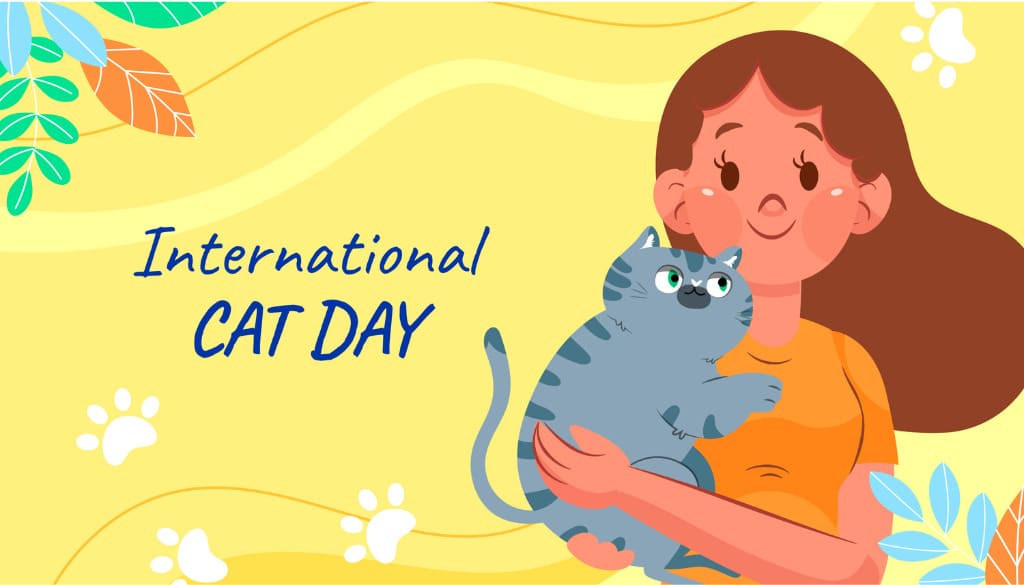
1. Unisex Heavy Cotton T-shirt Gildan 5000
Material: 100% cotton, soft, breathable, and comfortable for all-day wear.
Outstanding Features:
- Classic, versatile design suitable for both men and women.
- Sharp, durable print quality perfect for cat images and humorous slogans.
- Ideal for customers who prefer simplicity and personality.
2. Youth Heavy Cotton T-Shirt Gildan 5000B
Material: Soft cotton, gentle on sensitive children’s skin.
Outstanding Features:
- Youthful, comfortable design, highly favored by parents.
- Easily customizable with cute, fun cat-themed designs appealing to children.
- Ideal as a special occasion gift for kids.
3. Unisex Heavy Sweatshirt Gildan 18000
Material: Durable cotton-polyester blend, excellent heat retention, ideal for cool weather.
Outstanding Features:
- Loose, comfortable fit suitable for all genders.
- Thick, warm fabric is perfect for bold cat designs, creating a noticeable style.
- Ideal for those who prefer a dynamic, relaxed fashion statement.
4. Unisex Heavy Blend Hooded Sweatshirt Gildan 18500
Material: Soft cotton-polyester blend, effective heat retention, youthful style.
Outstanding Features:
- Hoodie design with a convenient drawstring adds style and practicality.
- Smooth fabric ideal for printing diverse, standout cat designs appealing to youth.
- Popular as trendy streetwear, it is easily becoming a social media trend.
5. Mineral Wash T-Shirt Colortone 1300
Material: Premium cotton with a unique mineral wash effect.
Outstanding Features:
- Vintage wash effect creates a unique, individual character in each shirt.
- Ideal for artistic, retro-style cat designs.
- Perfect for those seeking individuality, character, and standout appeal.
6. Unisex T-shirt Comfort Colors 1717
Material: High-quality ring-spun cotton, naturally dyed, super soft, and comfortable.
Outstanding Features:
- Exceptionally gentle on the skin, ensuring maximum comfort.
- Soft vintage colors are ideal for cute cat images and positive cat-related slogans.
- Attractive to those who appreciate minimalist yet refined comfort.
7. Cotton Canvas Tote Bag OAD113
Material: Durable, sturdy 100% cotton canvas.
Outstanding Features:
- Meets the growing environmental trend to reduce plastic bag use.
- Spacious, practical design easily customizable with fun, personalized cat images, suitable for everyday use.
- Highly popular as a practical and fashionable eco-friendly gift option.
POD Product Promotion Campaign for Cat Owners and Lovers
Having great products is one thing, but ensuring your customers discover and purchase your products is crucial. FlashShip.net provides a comprehensive promotional strategy specifically tailored for International Cat Day.
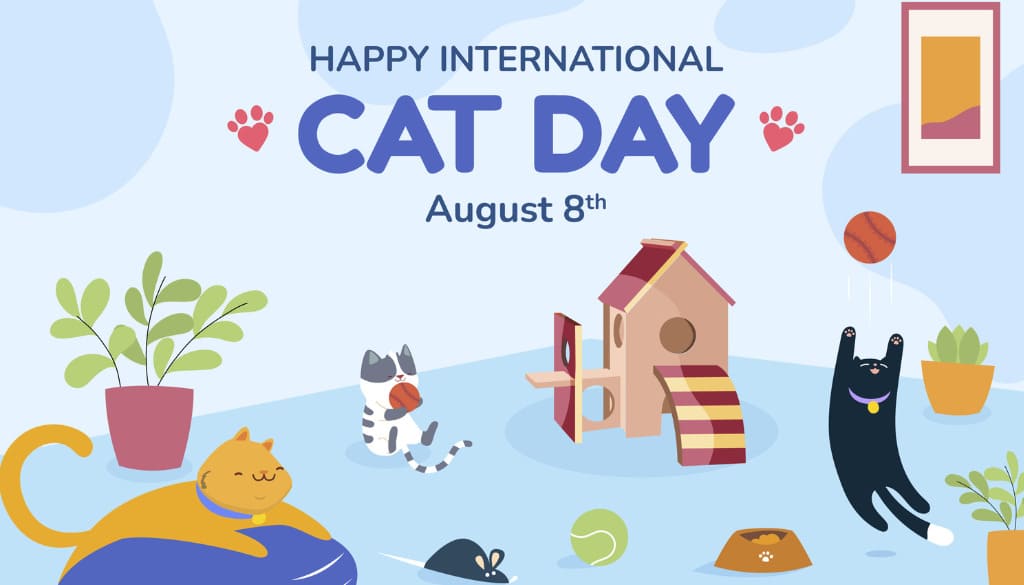
1. SEO Optimization for Your Store and Products (On-page SEO)
Before starting promotions, ensure your store and products are fully optimized for easy discovery on search engines.
- Product Titles: Use clear, engaging, and accurate keywords.
- Example: “Cute Cat Unisex T-Shirt – International Cat Day Gift for Cat Moms/Dads,” “Personalized Cat Name Mug – International Cat Day Keepsake.”
- Product Descriptions: Provide detailed descriptions highlighting benefits, features, and relevant keywords. Share short stories or anecdotes related to cat lovers.
- Tags: Utilize diverse cat-related tags, holidays, product categories, and target audiences.
- Example: #InternationalCatDay, #CatLoverGift, #CatMom, #CatDad, #PetOwner.
- Product Images: Use high-quality, clear, visually appealing mockups. Include keyword-rich alt text for SEO.
- Dedicated Collection: Create a specific “International Cat Day” collection in your store for easier customer navigation.
2. Leveraging Social Media Marketing
Social media is a highly effective promotional channel for pet-related products.
- Facebook & Instagram:
- Engaging Content: Post appealing photos and videos of products featuring adorable cats. Utilize memes and humorous stories.
- Challenges/Contests: Organize “Show Your Cat” or “Best Cat Photo Contest” to encourage followers to share posts, tag friends, and use hashtags (#InternationalCatDay, #FlashShipCats). Offer POD products as prizes.
- Giveaways: Offer free POD products to followers performing interactions (likes, shares, comments).
- Targeted Ads: Directly target individuals interested in cats, pets, or related groups/pages.
- Instagram Stories/Reels: Produce quick, creative videos utilizing trending music and effects.
- TikTok:
- Short, Funny Videos: Create entertaining videos showcasing cats and your products.
- Trend Participation: Utilize trending sounds and challenges.
- Hashtags: Include relevant hashtags like #CatsofTikTok, #CatLover, #InternationalCatDay, #FunnyCats, #PODProducts.
- Pinterest:
- Cat-themed Boards: “Cat Gifts,” “International Cat Day Ideas,” “Cat Apparel.”
- Pins: Ensure high-quality visuals with direct links to your product pages.
- Keywords: Integrate keywords into pin descriptions.
3. Influencer/Micro-influencer Partnerships
- Identify niche influencers or micro-influencers within pet/cat communities.
- Provide them with your products for reviews, photos, or videos.
- Request unique discount codes or affiliate links to track effectiveness.
- Content: Influencers can create posts, unboxing videos, or integrate your products into their regular content.
4. Email Marketing
- Announce International Cat Day via email: Include new products and special offers.
- Email Series: Remind customers about the upcoming event and highlight trending products.
- Customer Segmentation: Send tailored emails to customers who previously purchased pet or cat-related products.
5. Special Offers and Promotions
- Discount Codes: Offer limited-time discounts.
Example: “CATDAY15” for 15% off. - Combo Deals: Discounts on purchasing multiple items or free small gifts with purchases.
- Free Shipping: On orders exceeding a specific value.
- Small Gifts: Include cat-themed stickers or badges with each order during the promotion period.
6. Creating Urgency and Scarcity
- Countdown Timer: Add a countdown timer on your website until August 8 or when the offer ends.
- Limited Availability: Emphasize limited-time special designs.
- Stock Notifications: Create “low stock” alerts to generate urgency (Fear of Missing Out).
- Small Events: Partner with cat rescue shelters to host events showcasing your products.
7. Customer Service and After-Sales Care
- Prompt Responses: Quickly address customer inquiries about products and orders.
- Encourage Sharing: Motivate customers to share photos of your products with their cats on social media, then repost them.
- Personalized Thank-You Emails: Follow up with personalized thank-you notes encouraging repeat purchases.
International Cat Day is an exceptional opportunity POD sellers can’t miss! Capitalize on attractive, fashionable, personalized products like T-shirts, hoodies, sweatshirts, and tote bags to effectively reach global cat lovers. FlashShip is always here to support you, providing professional, comprehensive, high-quality POD fulfillment solutions. For more information, contact us via hotline: (+84) 943 024 337 or visit FlashShip.net.
See more articles:
